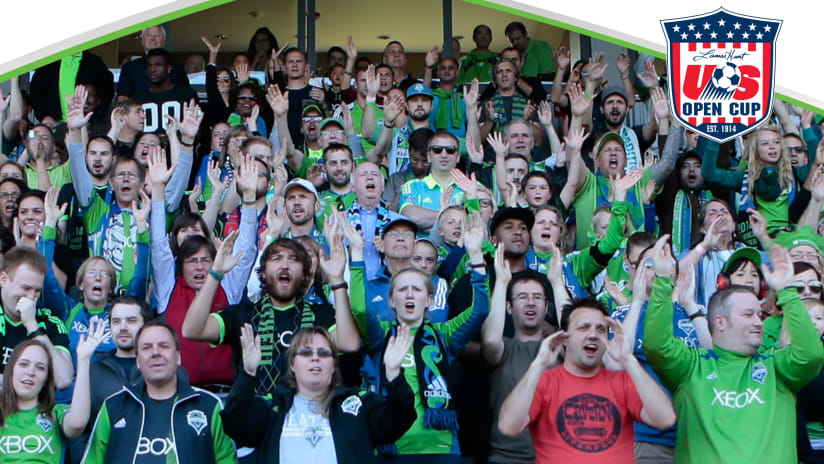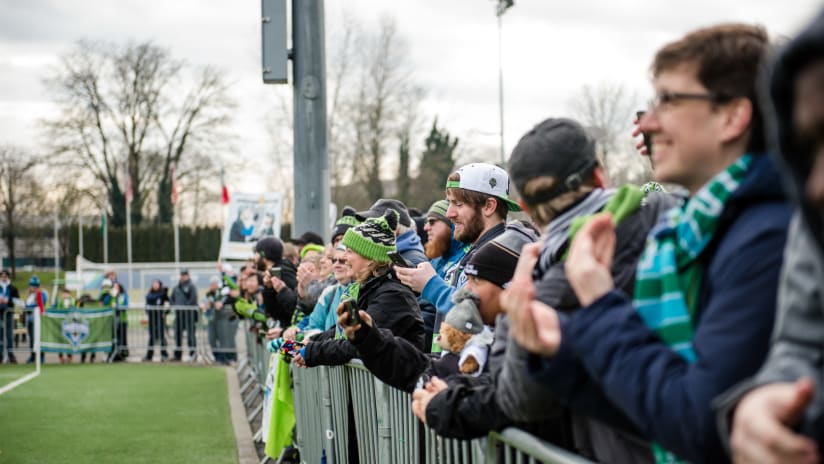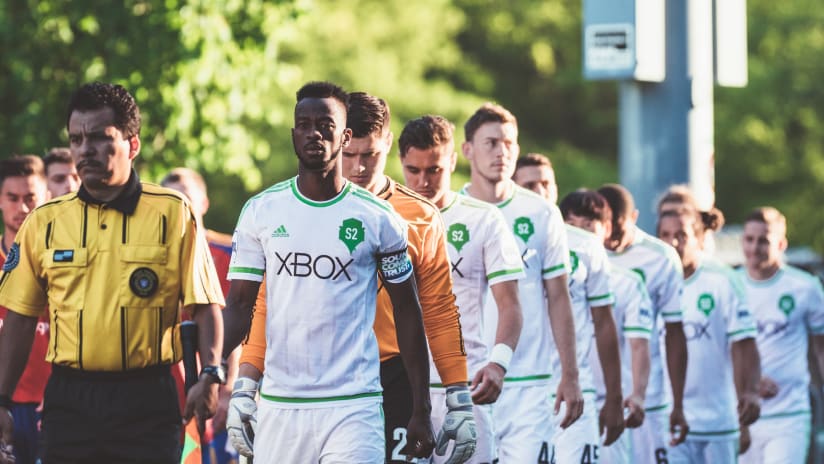
At least at first, the complex looks ordinary enough. A handful of plush practice fields spread wide and flat on either side of the road splitting the campus. The first thing you notice? Green everywhere, spilling in from the eves in overhanging spruce trees and covering the ground in an admixture of perfectly laid sod and artificial turf. A perfect snapshot of the Pacific Northwest’s bounty, if nothing else.
As the fields begin to extend backward, though, the main building comes into view, a modern three-story structure that, notably, houses a beer garden, offices and two indoor fields. Pass those, underneath banners trumpeting the team’s commanding string of recent trophies, and you see it, rising up from the surrounding practice fields as imposing as a craggy, inaccessible mountaintop in the Cascades.
Fortress Starfire.
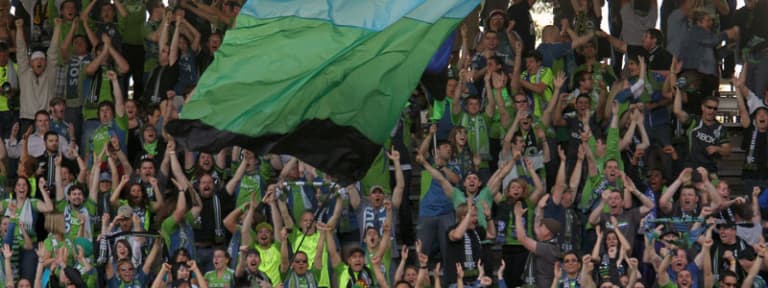
When the pairings for the Fourth Round of the 2015 Lamar Hunt U.S. Open Cup were released in May, there was some consolation for Sounders FC’s difficult Cascadia draw against the rival Portland Timbers. Seattle got the game at home, which meant there was only one natural choice for the venue: Starfire Stadium, the toughest place to play in U.S. Open Cup history.
Since Sounders FC played its first match at Starfire Stadium in 2005, the team is 19-0-1 all time there. After going 4-0 at the Tukwila facility in the USL era, Sounders FC is 15-0-1 at Fortress Starfire as an MLS franchise. Notably, that includes a 2-0-0 record against the Timbers, including a thrilling 3-1 win last year in extra time.
READ: USOC & Seattle - Part I: Legends of the tournament
What is it about Starfire Stadium that makes it such an imposing place to play? The atmosphere, for one. The smaller capacity squeezes a fan base that averages over 40,000 on MLS game days into cramped confines that more closely mimic a jet engine than an arena with fewer than 5,000 seats. But it’s also the layout. When Starfire Stadium was renovated in conjunction with the team’s move to MLS in 2009, it lost none of the proximity between the fans and the field.
Indeed, the seats seem to rush up to the playing surface, putting opposing players in intensely close quarters with arguably the most voluminous and vocally active fan base in the league.
Oh, and one more factor a bit less quantifiable.
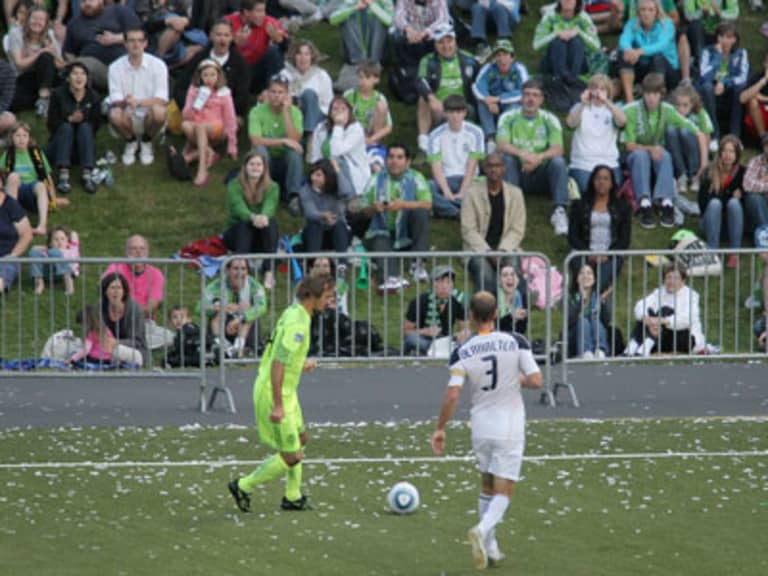
“Just the energy in that stadium,” said longtime Sounders FC standout Roger Levesque, who scored in the team’s first ever U.S. Open Cup match at Starfire Stadium in 2005. “Even though in terms of numbers and capacity it doesn’t compare to CenturyLink, with the way the stadium is set up with fans right on top of the field, it is a little intimidating for an opposing squad to come in there. That’s energy we’ve been fortunate enough to feed off of, regardless of who’s out there. I think the intimacy of the experience allows players to really feel the emotion of the supporters.”
The seating in most American sports stadiums tends to pull back more horizontally than a more vertical global standard. While that makes for a more comfortable viewing experience by allotting more leg room and space for modern conveniences for things like cupholders, it allows at least some of the intensity of the noise to escape skyward. It isn’t funneled onto the field as much as it swirls above it.
Starfire Stadium, though, is different. The stadium seems to squeeze every spare decibel from a raw crowd that tends to spill into standing room only areas during big matches. When Sounders FC bounced the Timbers from the U.S. Open Cup in 2014 with extra time tallies from Kenny Cooper and Marco Pappa, Starfire Stadium seemed to burst on fire with each goal.
“As nice as it is playing in CenturyLink right downtown and getting 40,000 fans, [Starfire] is kind of a fun environment, as well, where it feels very European in the fact that the stadium is very small, the stands are right on the field, there’s a beer garden where guys are going crazy,” defender Zach Scott said. “It’s just a completely different vibe. It’s a little daunting for teams that come in to play at Starfire. I think everyone gets up for a game at CenturyLink because as an MLS club you know what you’re going to get. But when you come into Starfire, I don’t think you have an idea of how raucous the crowd can get.”
Scott knows it as well as anyone. The Sounders FC legend started in the team’s first ever U.S. Open Cup match at Starfire Stadium in 2005, a 3-1 win over the Salinas Valley Samba. In a remarkable show of longevity, he also started in the team’s most recent cup match at the stadium, a 6-0 shellacking of the Chicago Fire on Aug. 13, 2014. Now spanning 10 years, Scott’s seen only victory at Sounders FC’s second home.
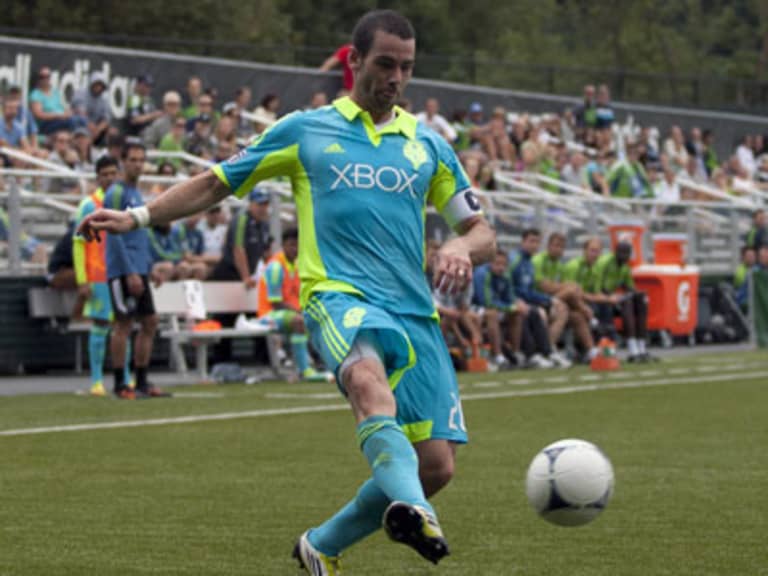
More than that, he’s mostly only seen utter dominance. Sounders FC has trailed just four times in its entire U.S. Open Cup history at the stadium for a grand total of 95 minutes. Consider too that in the MLS era, Sounders FC has had the composure to keep the streak alive by winning five one-goal games and once in penalties. That came last year, when the San Jose Earthquakes lost their nerve at Starfire Stadium in front of 4,023 fans and failed to convert two penalties. Sounders FC hit all four.
“It’s just a very comfortable place,” Sounders FC coach Sigi Schmid said. “We know what our record is there and we’ve got guys who are comfortable playing in those confines. But more than anything, it’s the crowd being on top of the action, it just changes it to a different dynamic. When you’re sitting up in CenturyLink and you’re in the nice seats, you see the game and you can appreciate the game. But when you’re up close in Starfire and you really understand the intensity, the speed, the physicality of the game that sometimes you don’t see when you’re 30 or 40 rows away.”
All streaks must one day end, and at some point Sounders FC will lose a game at Starfire Stadium. The mere fact that the club has been able to put it off this long, however, is remarkable on its own.
To that end, Schmid recently pondered the team’s dominance there before offering a brief request to no one in particular.
“Can we play our league games there?”

